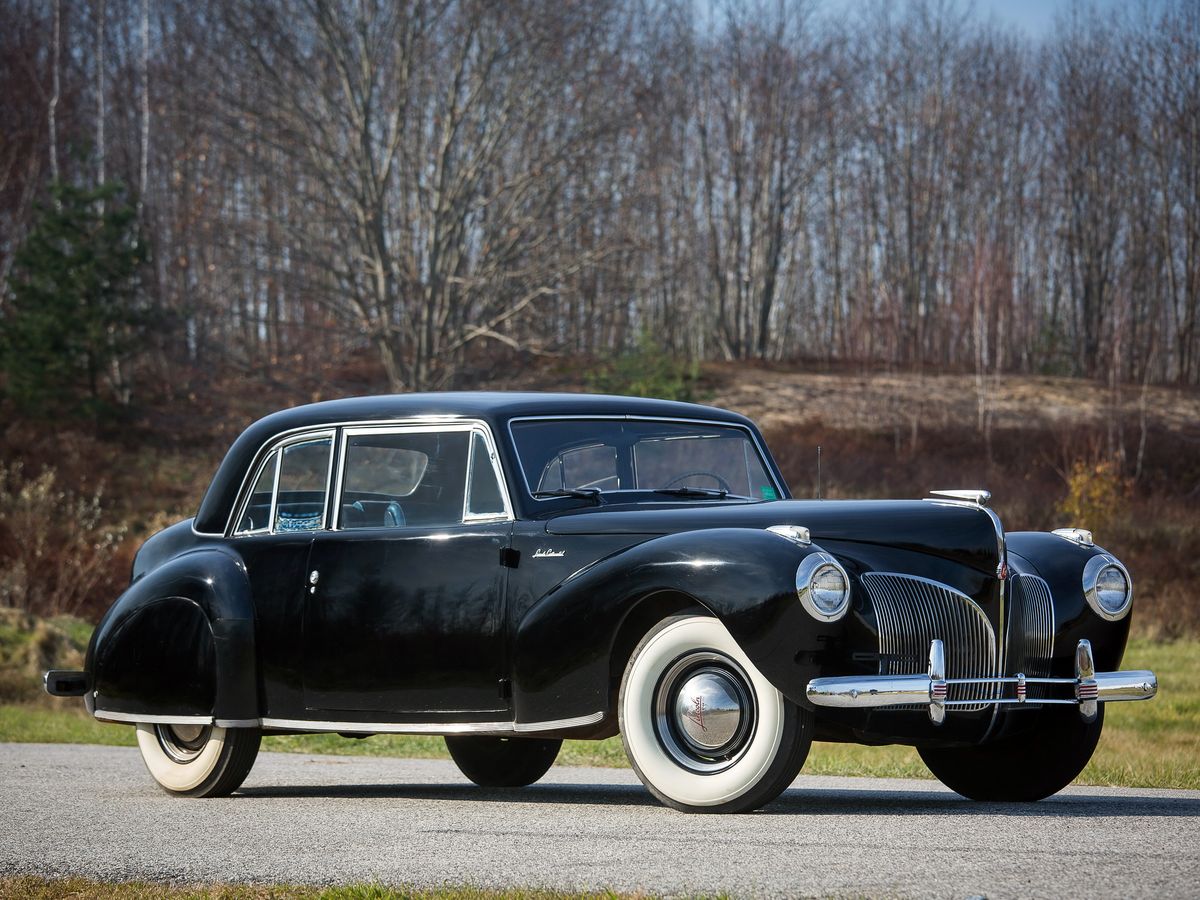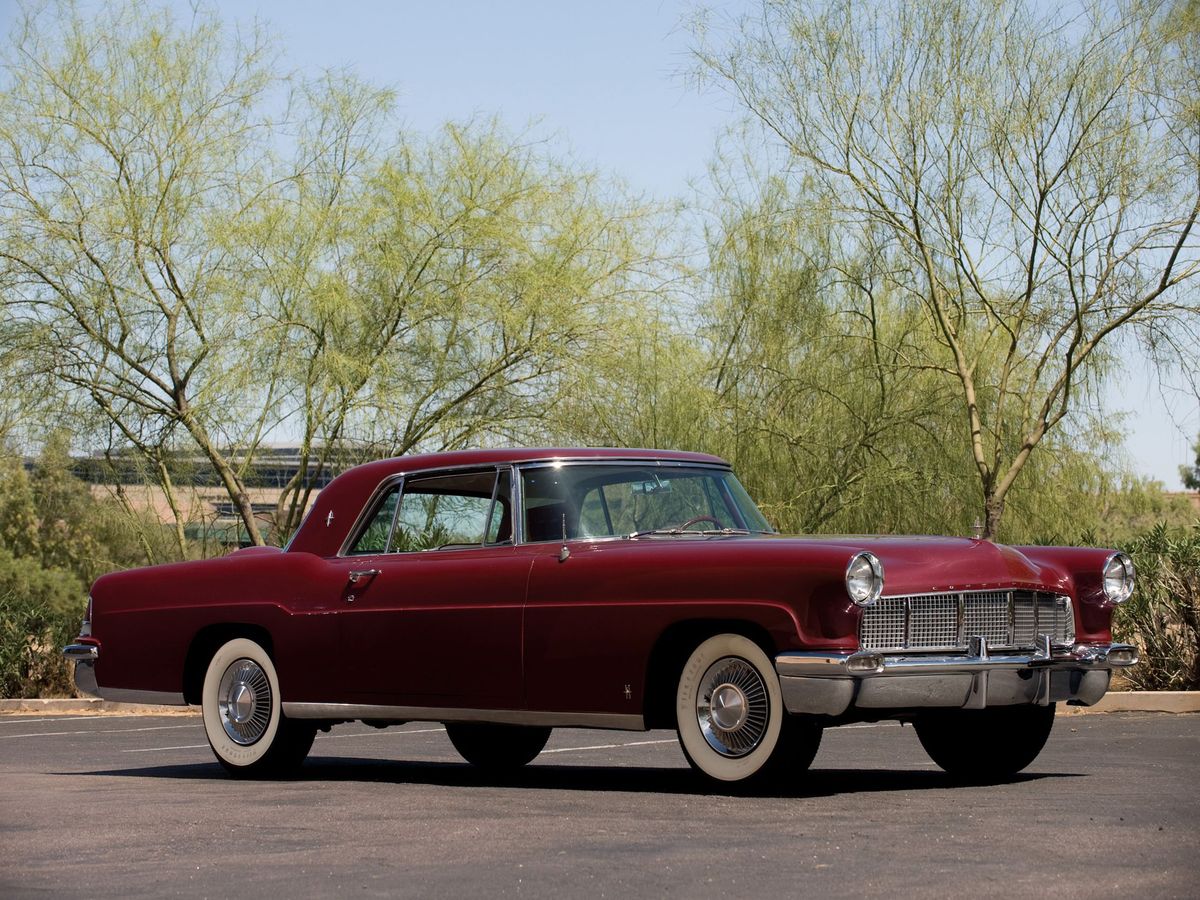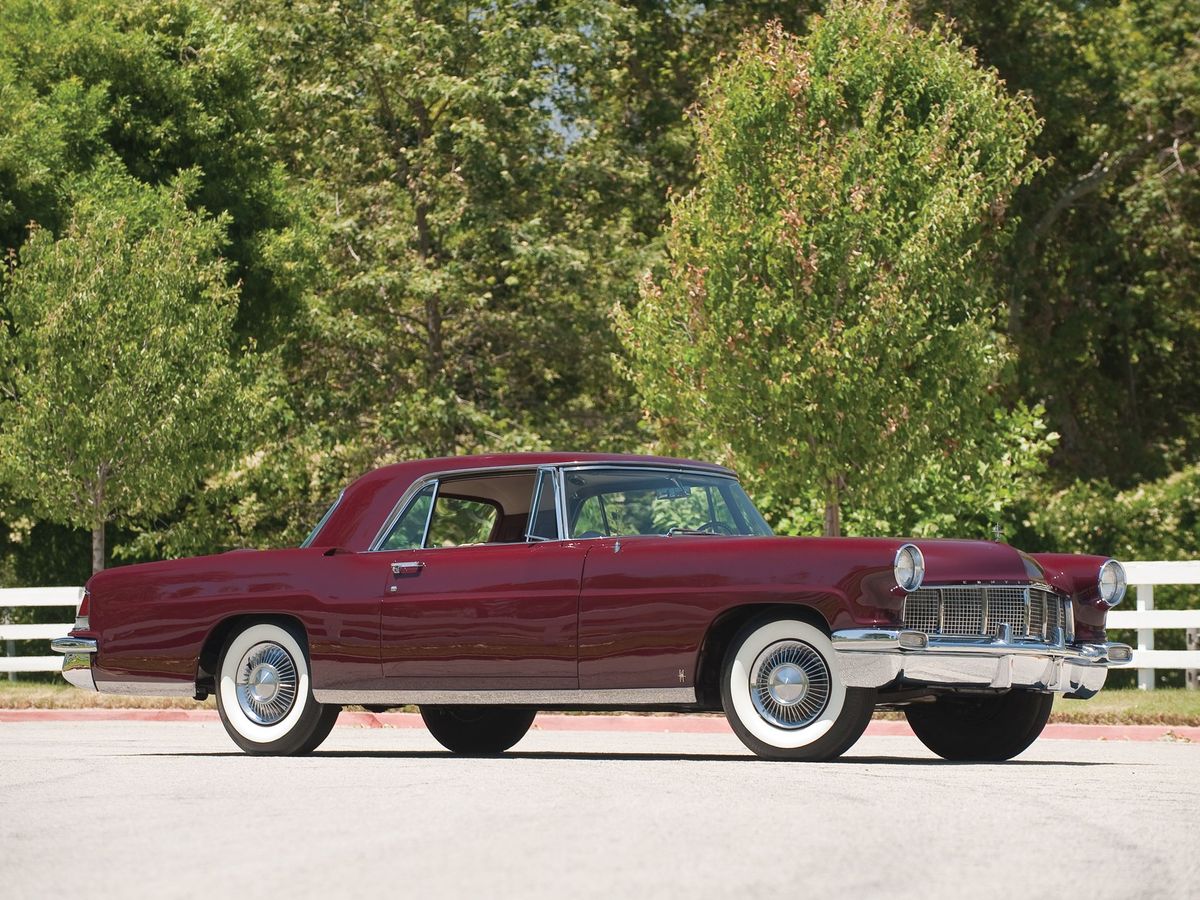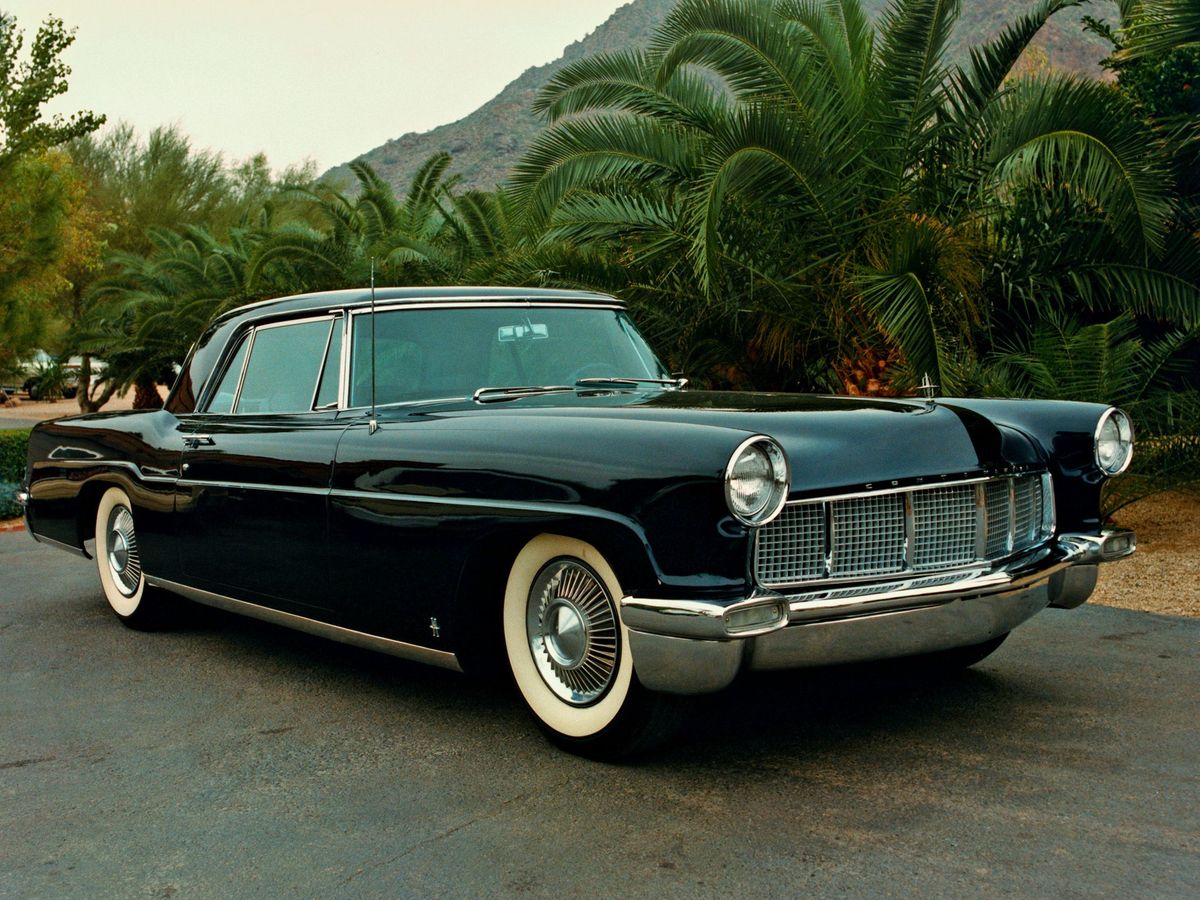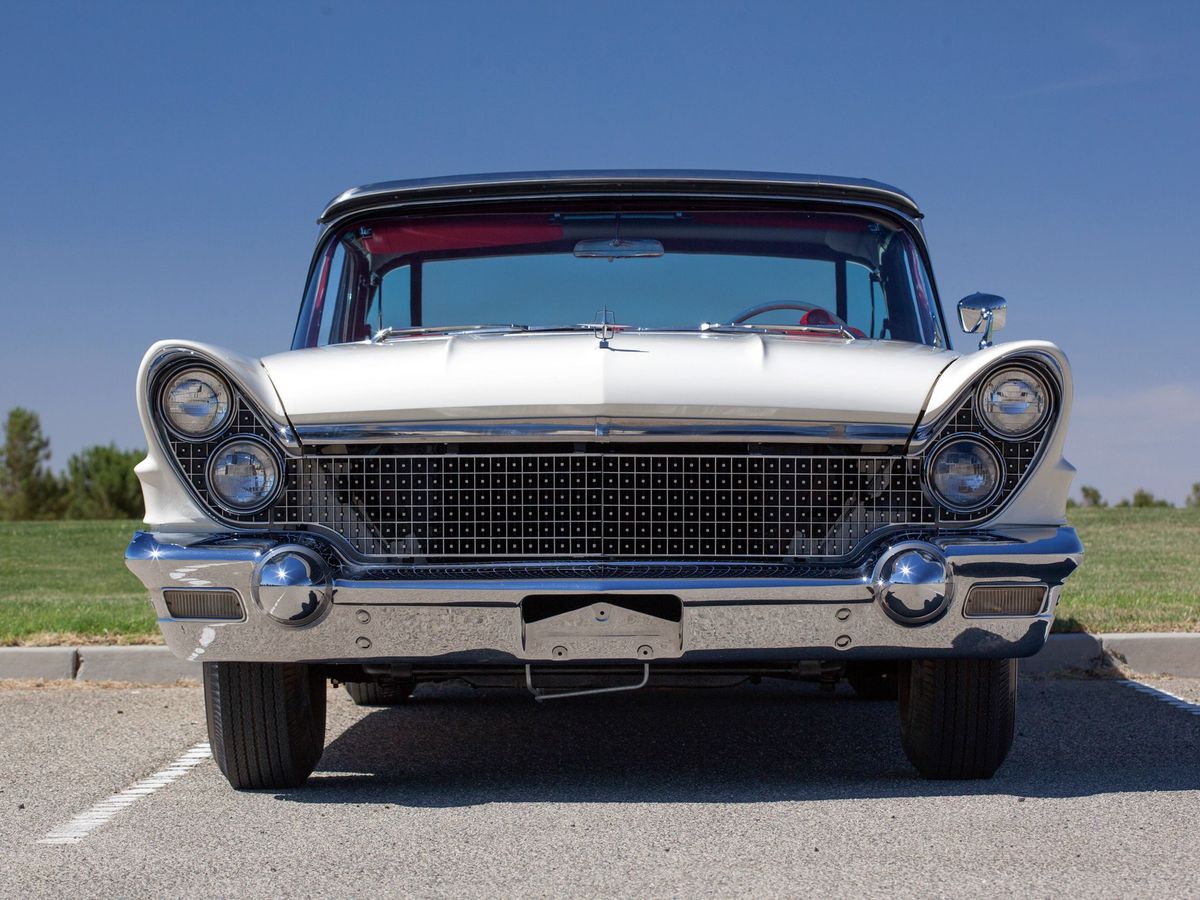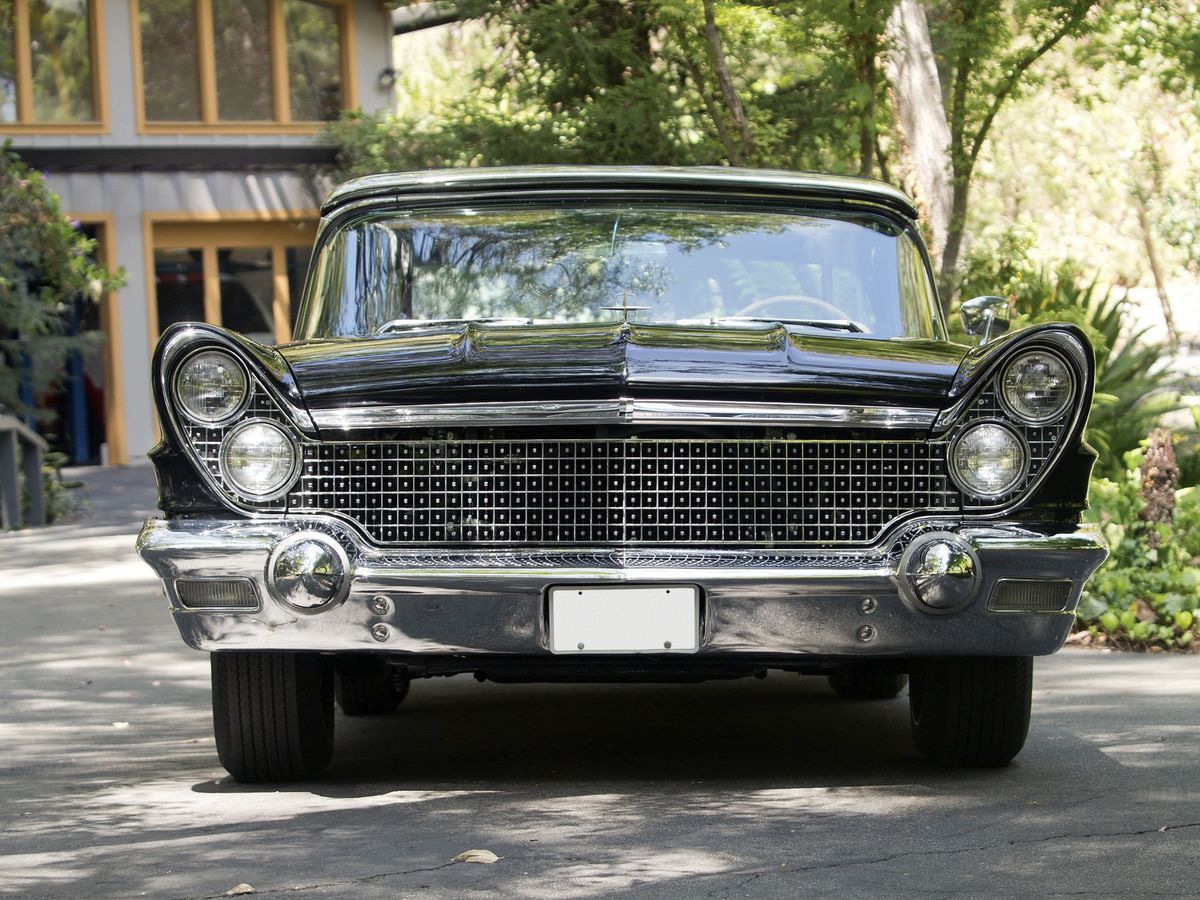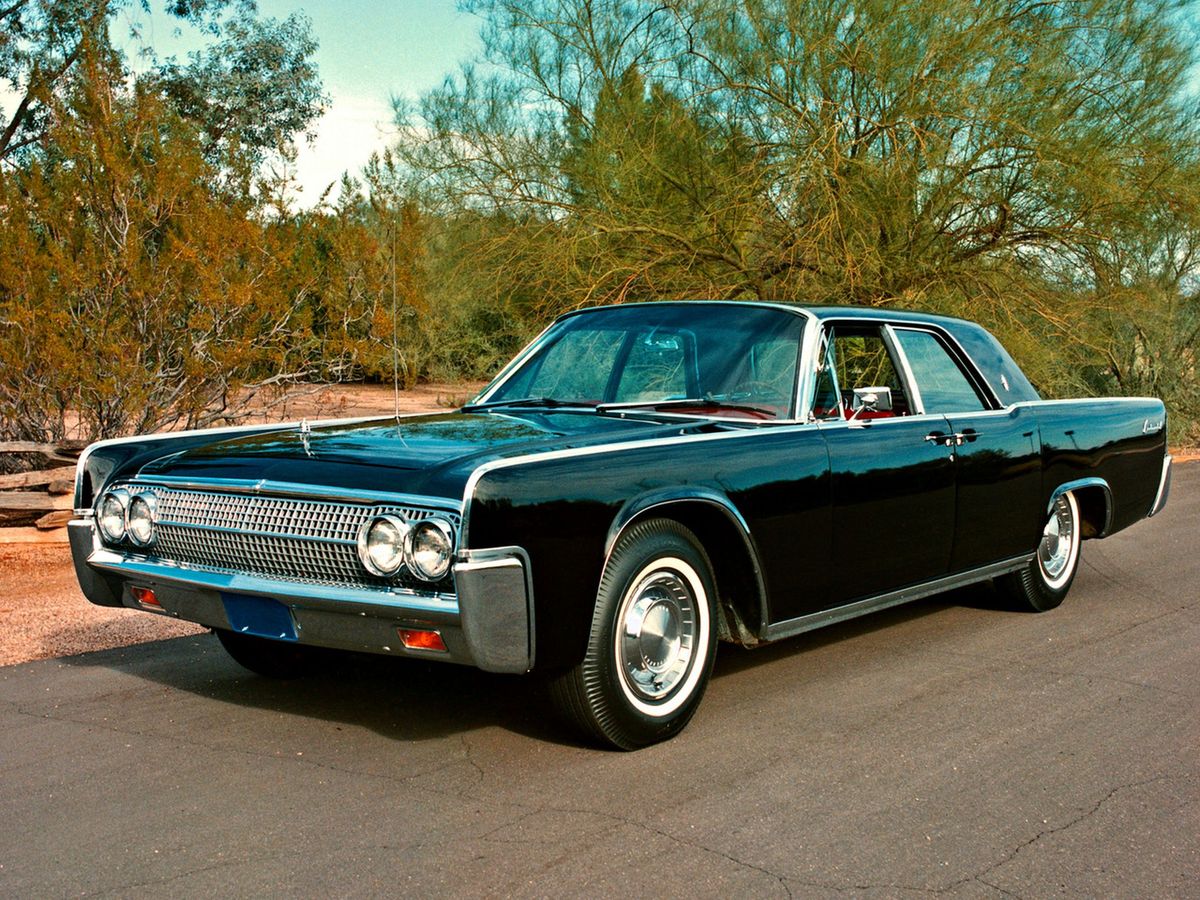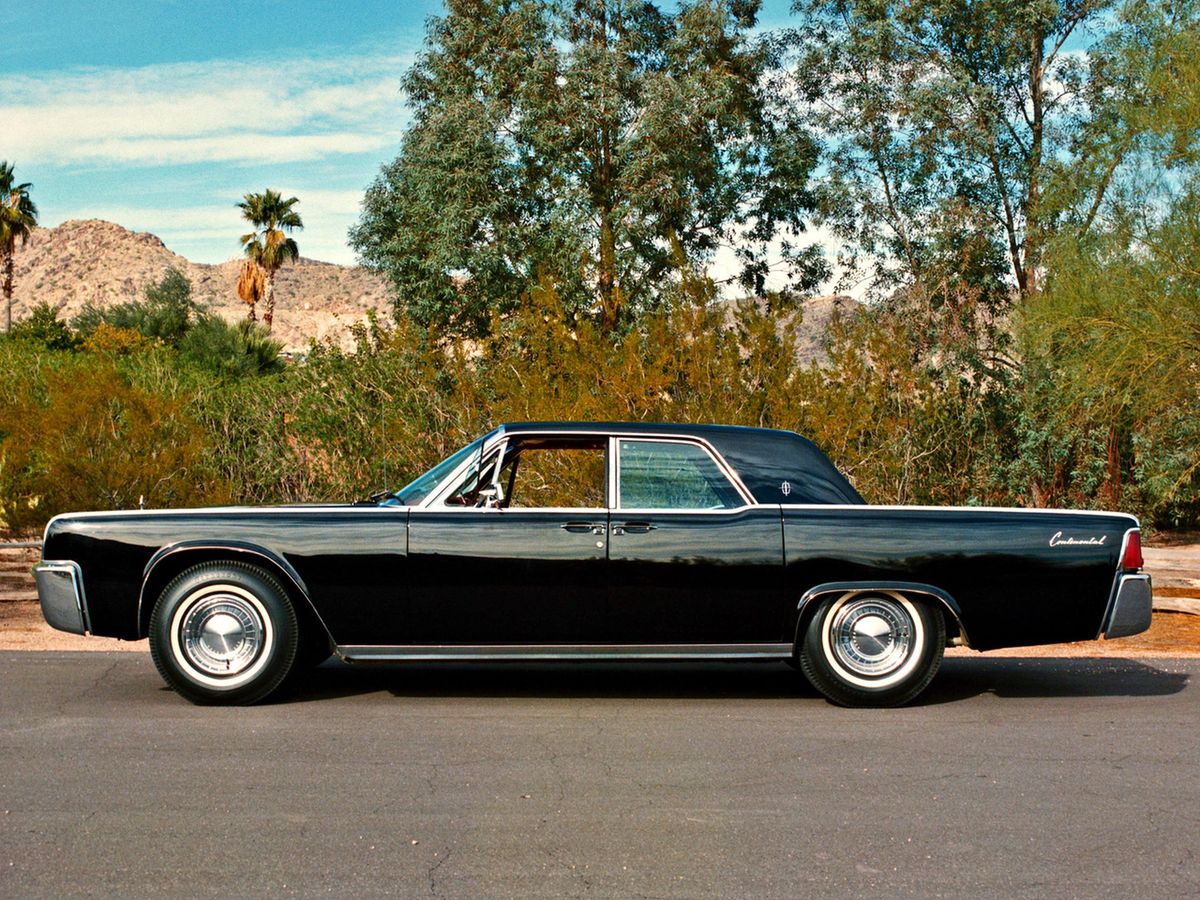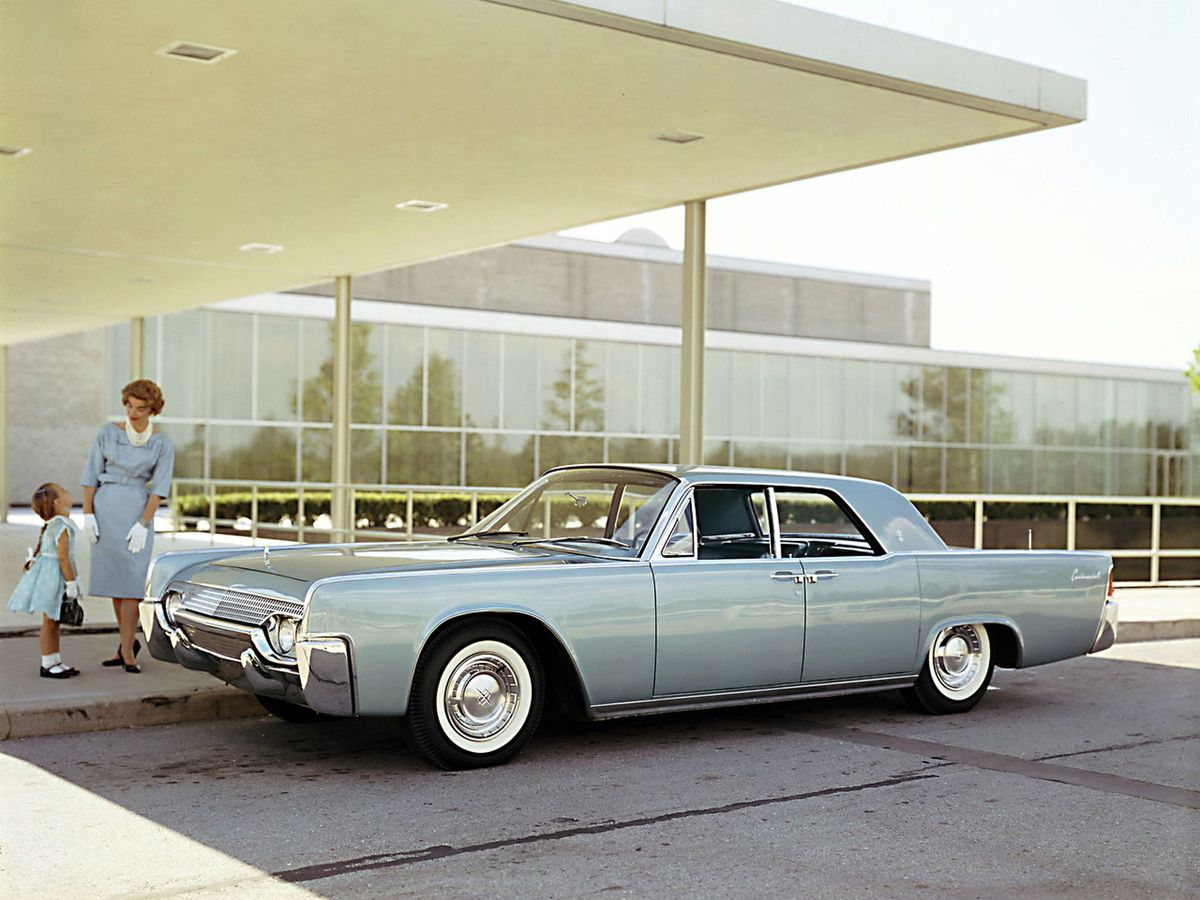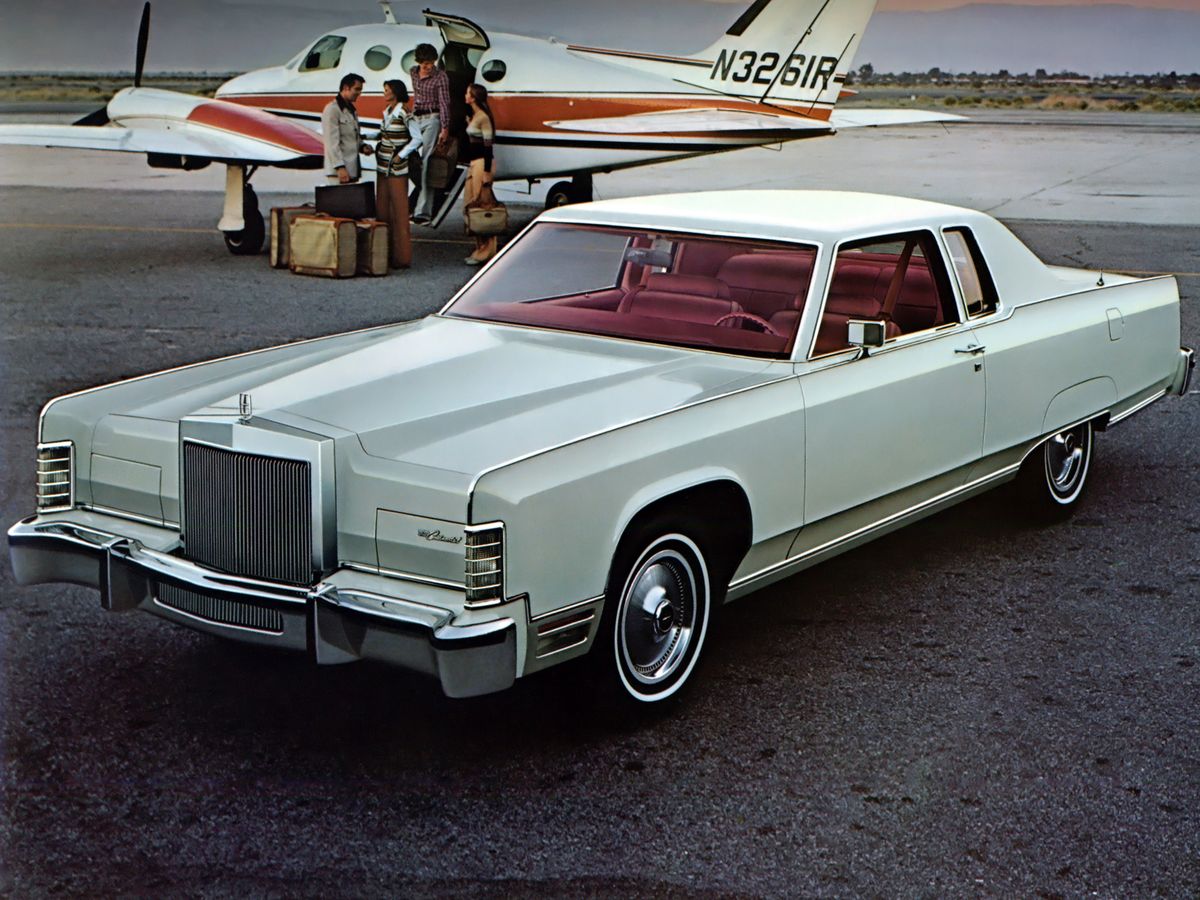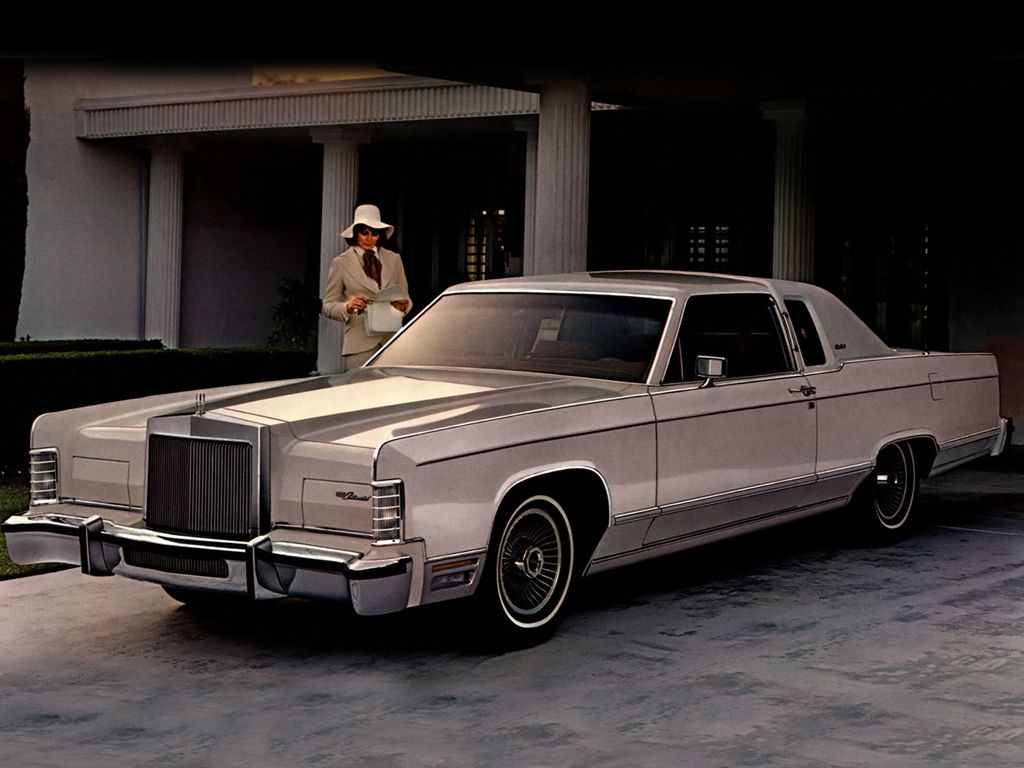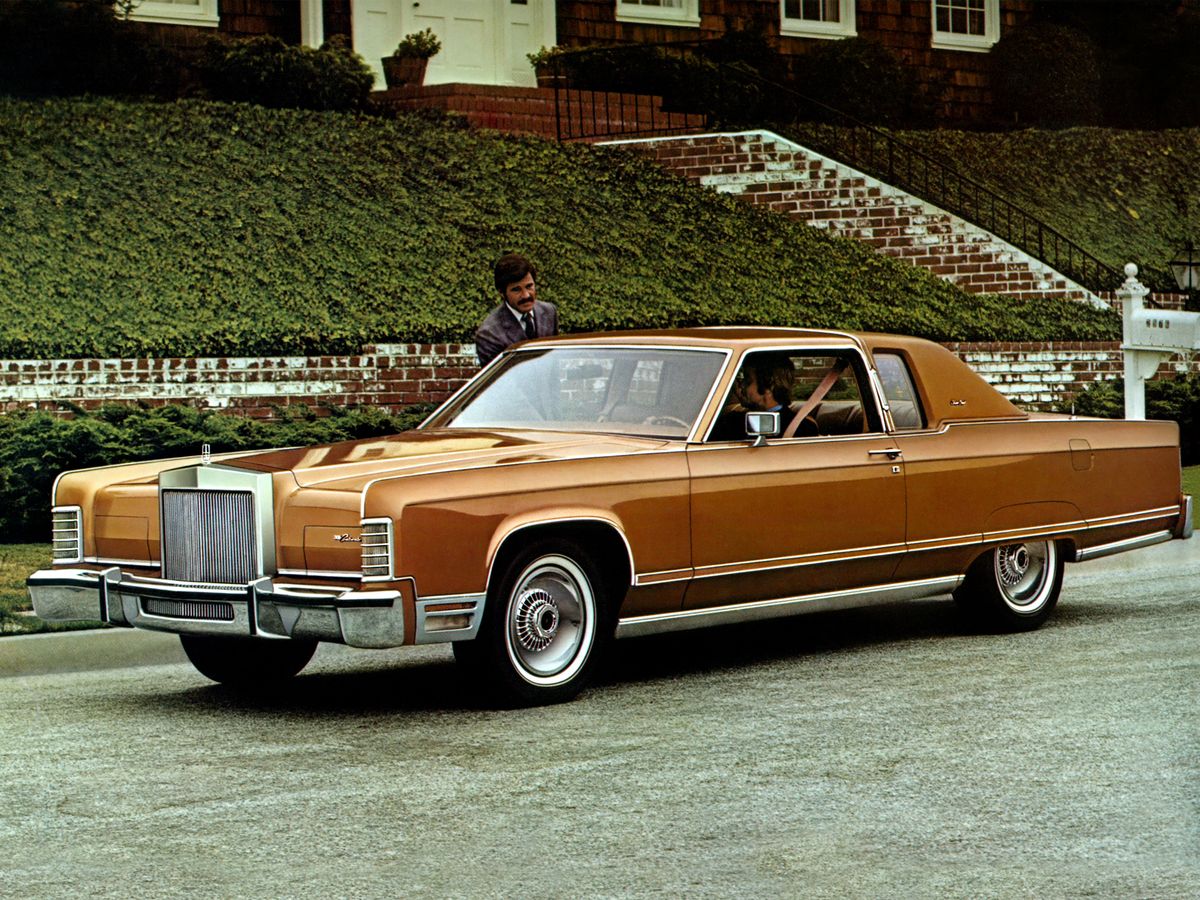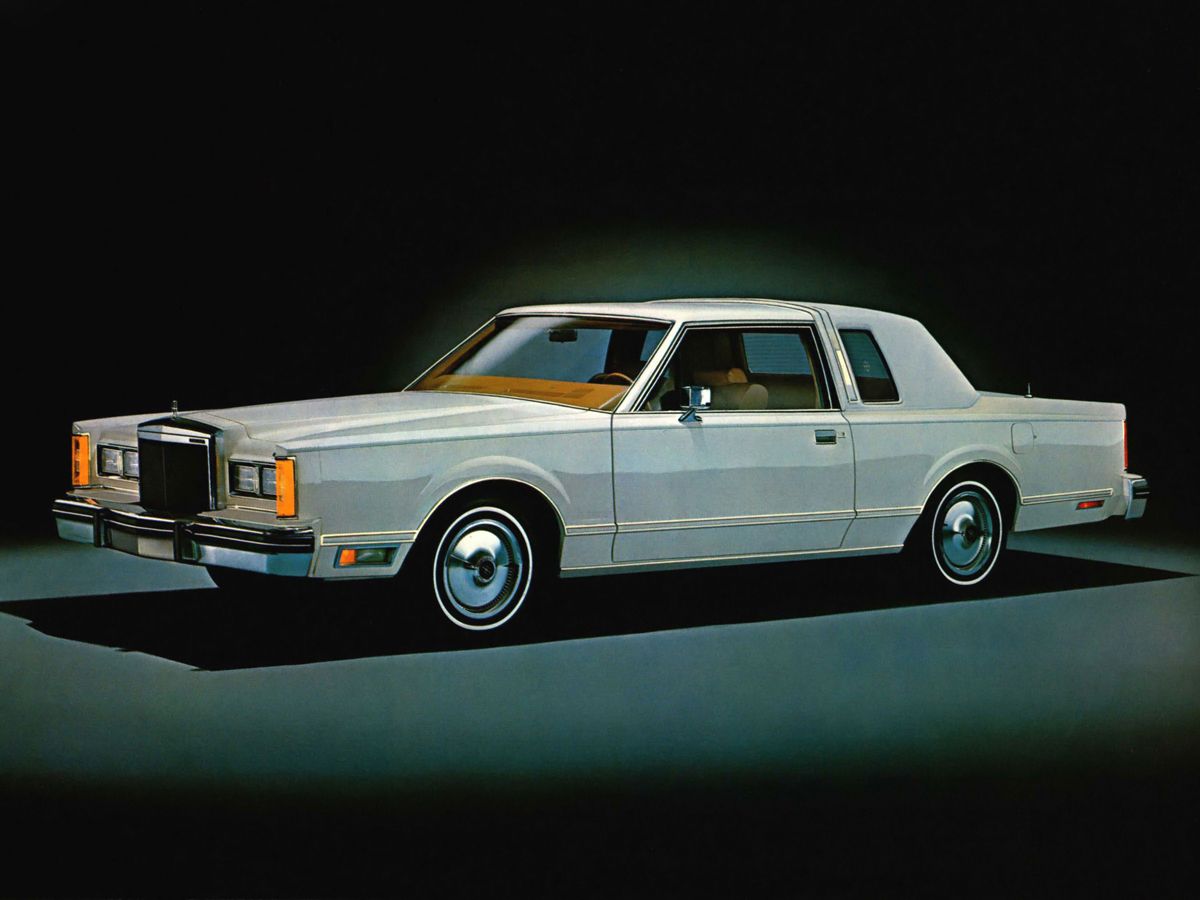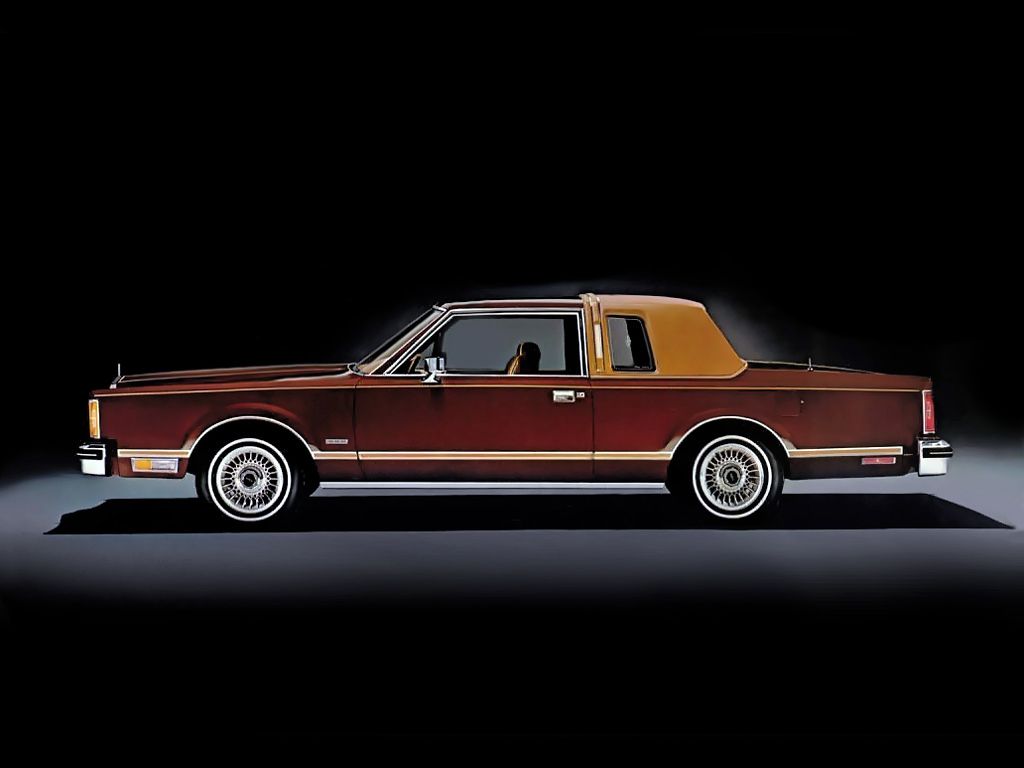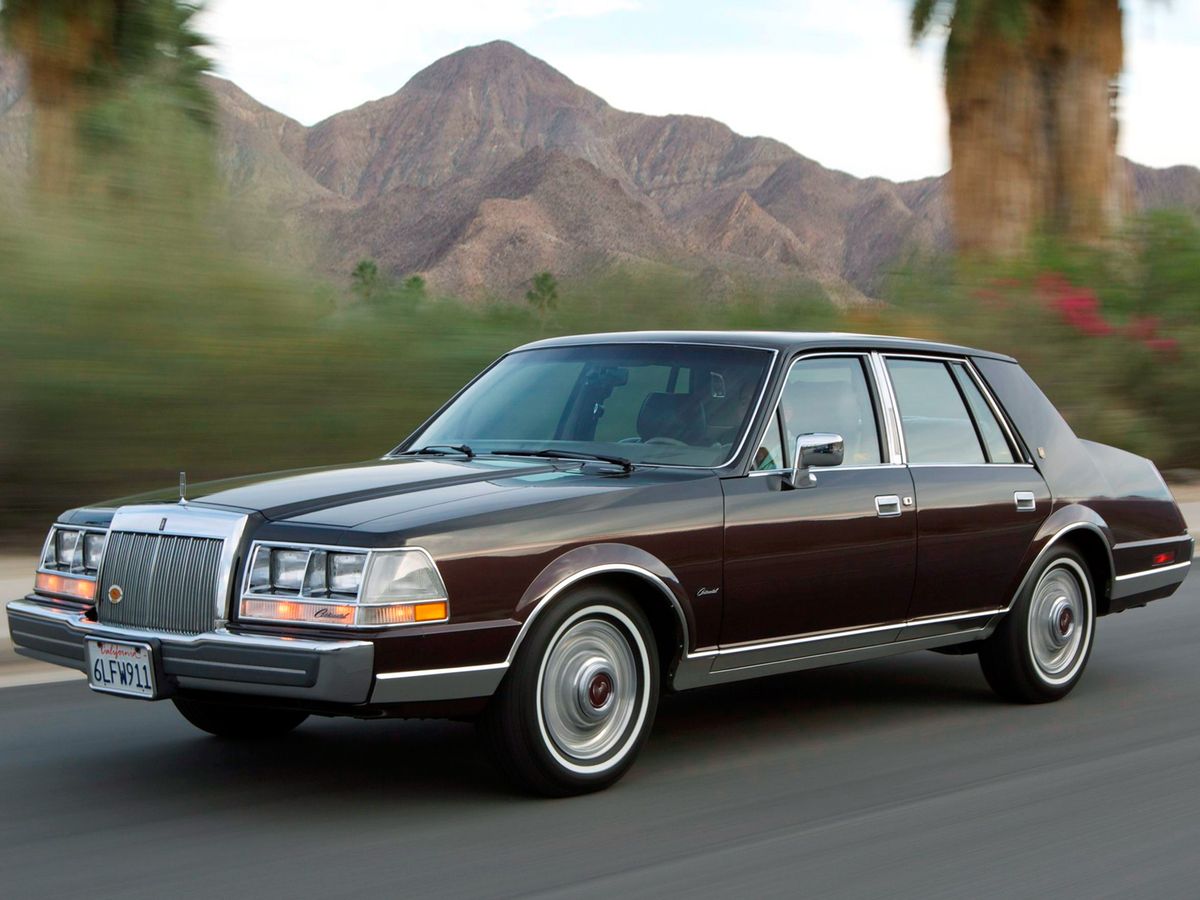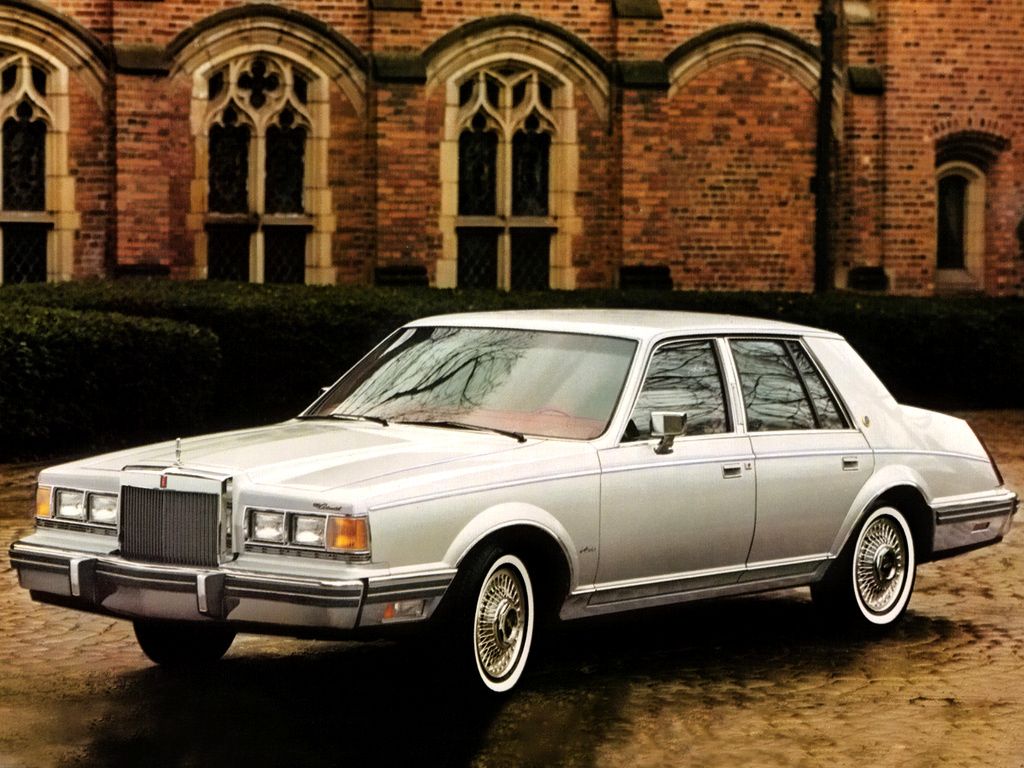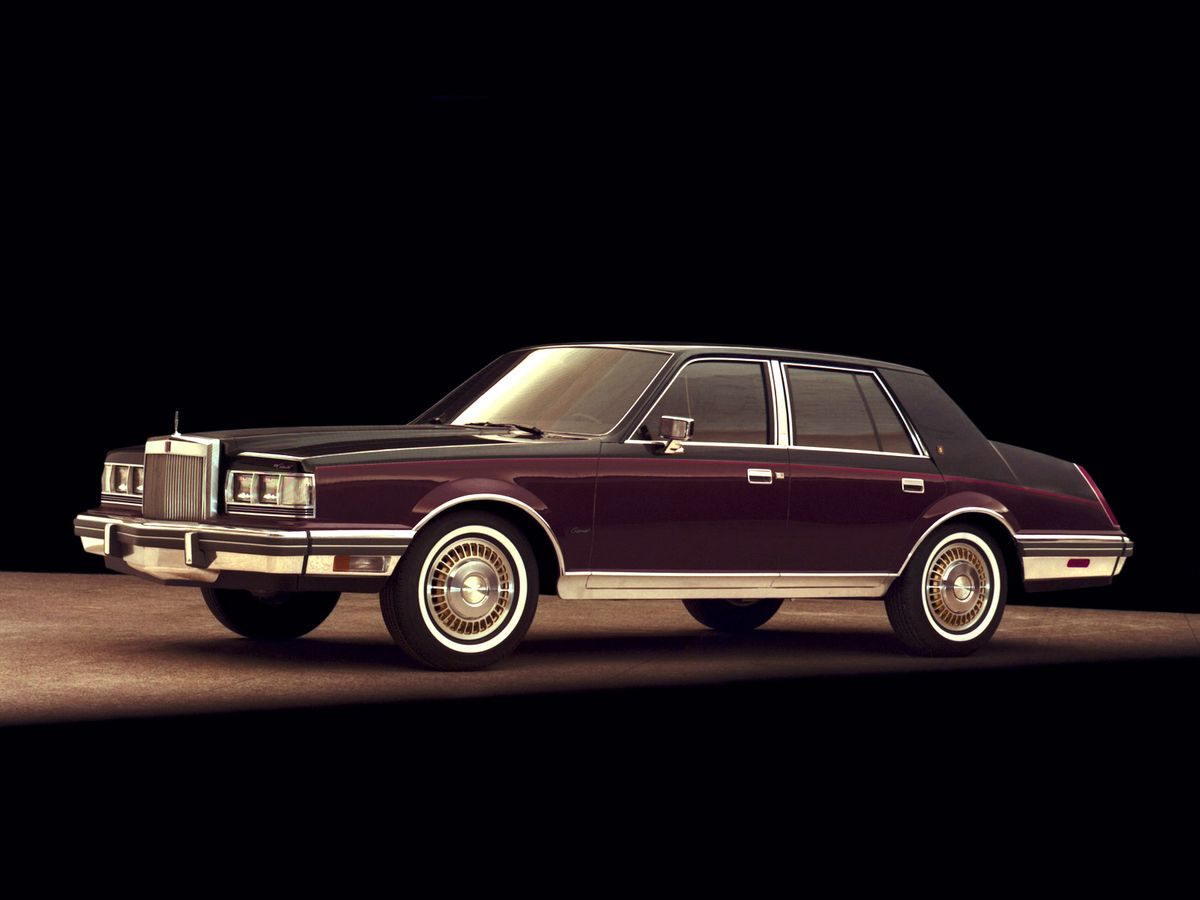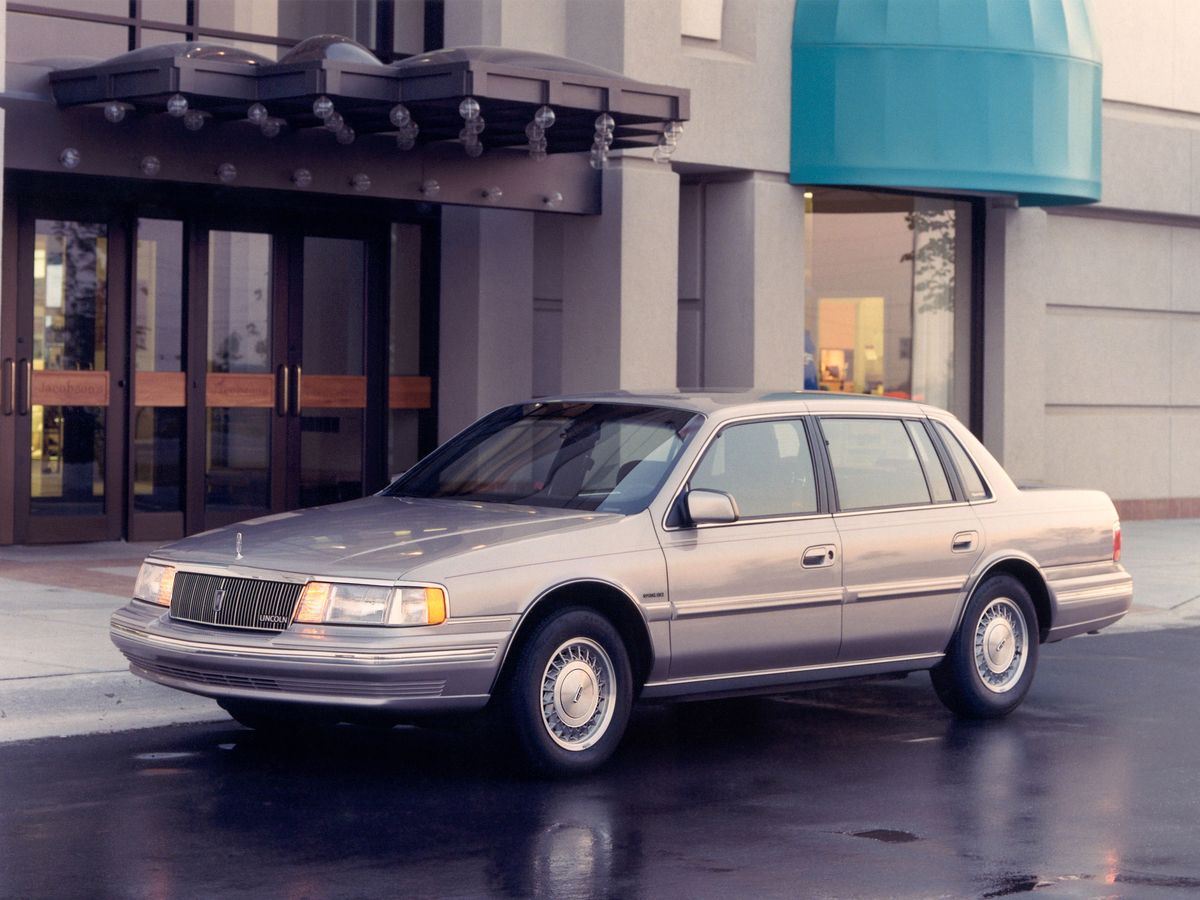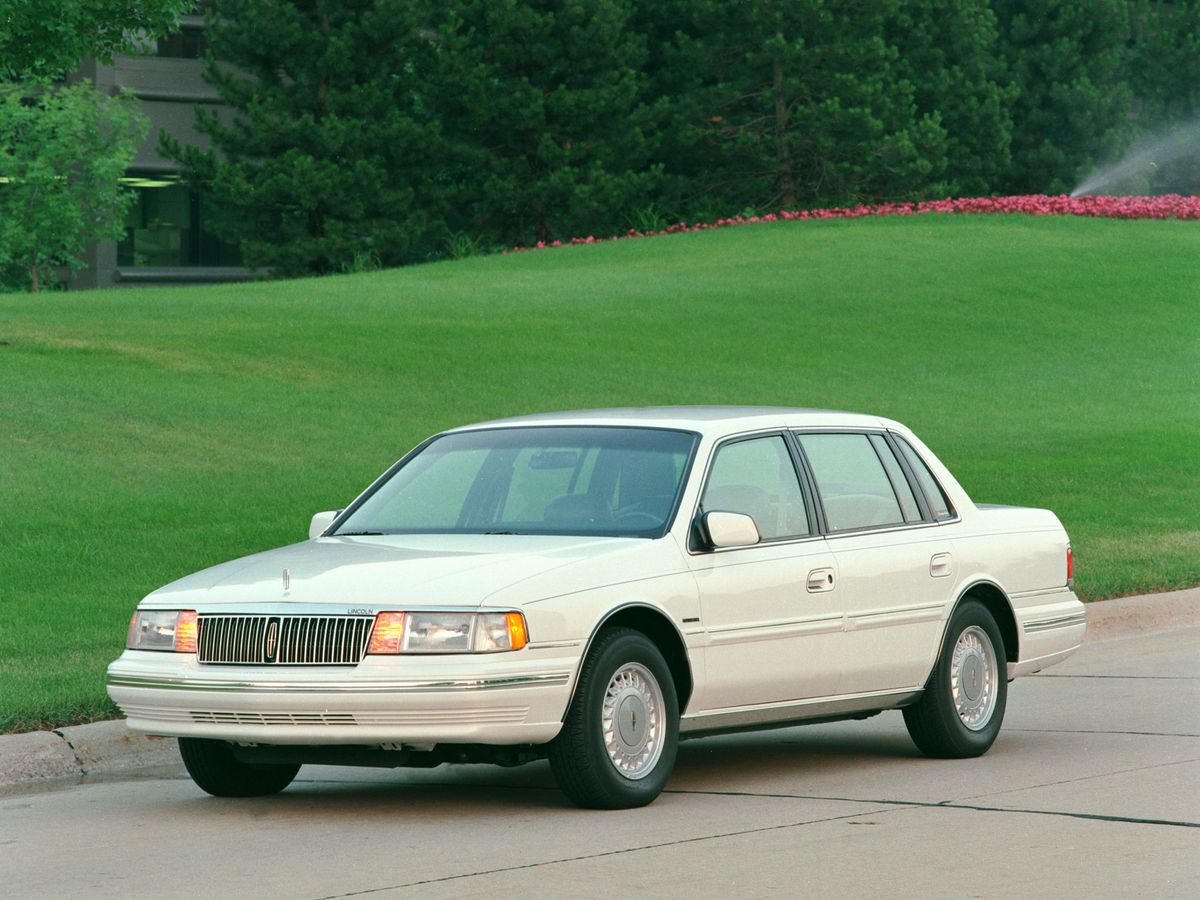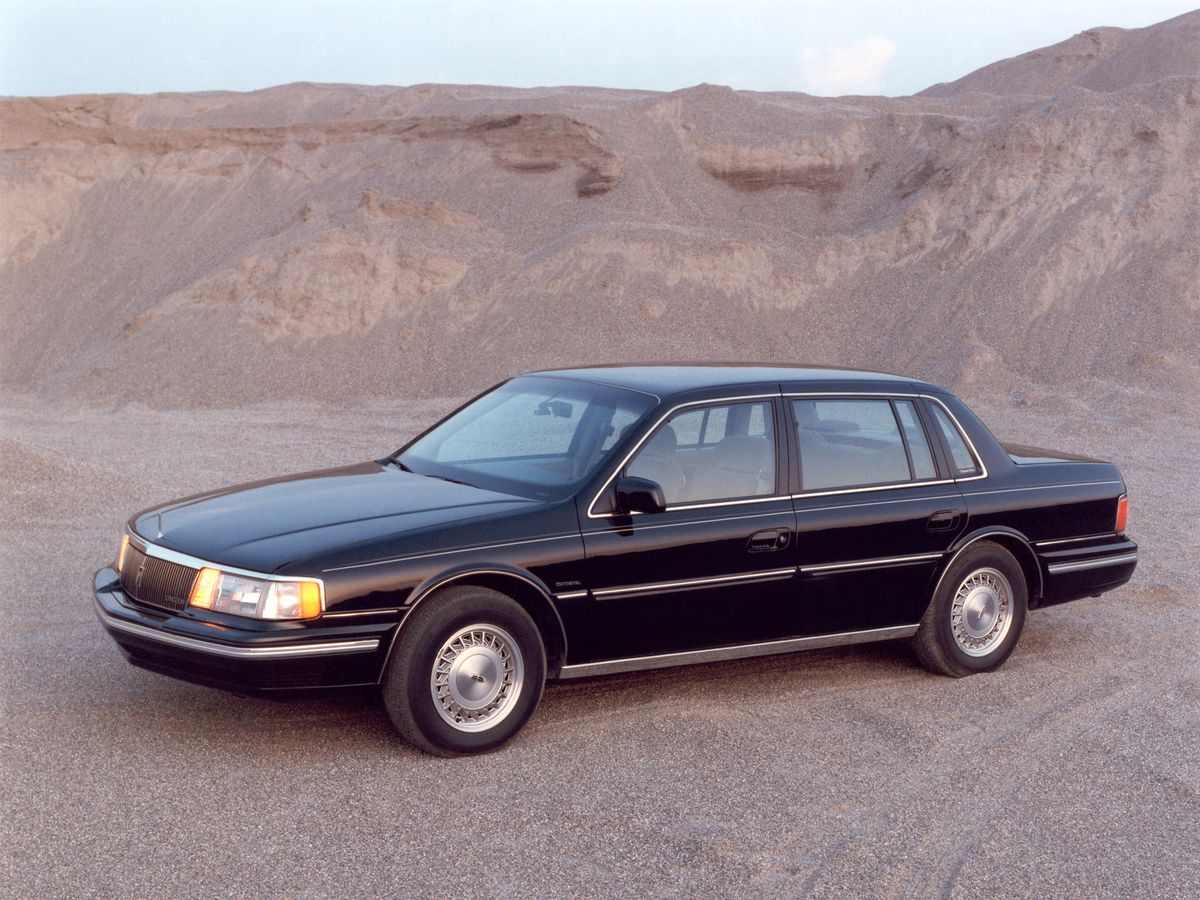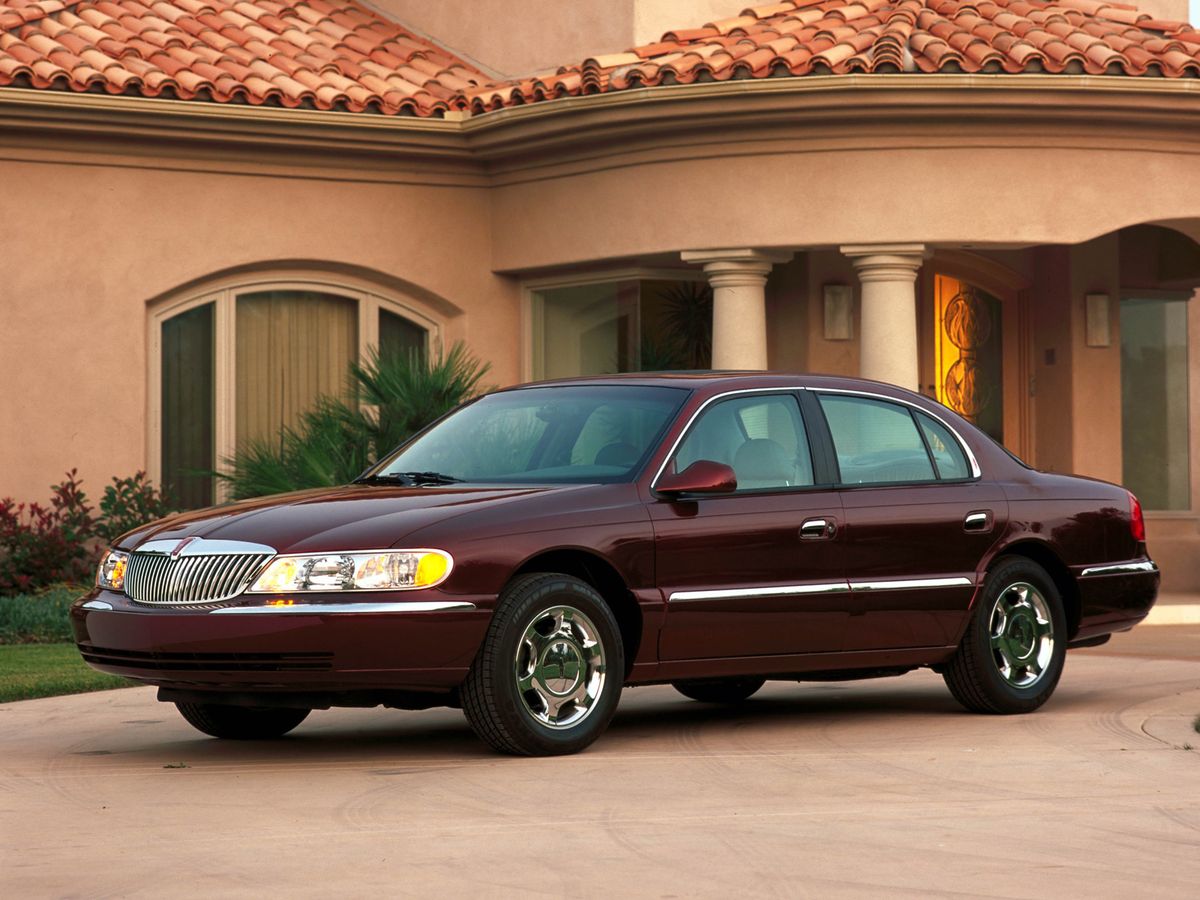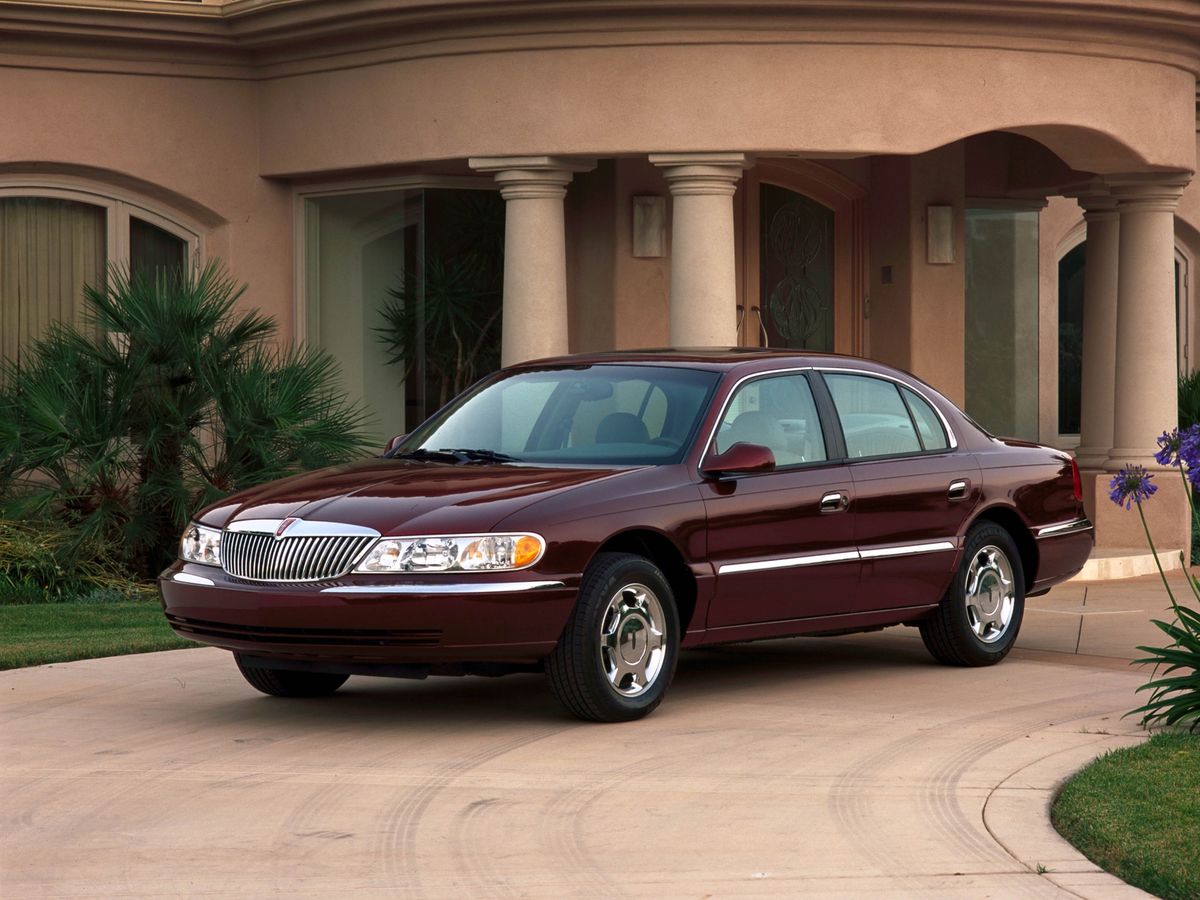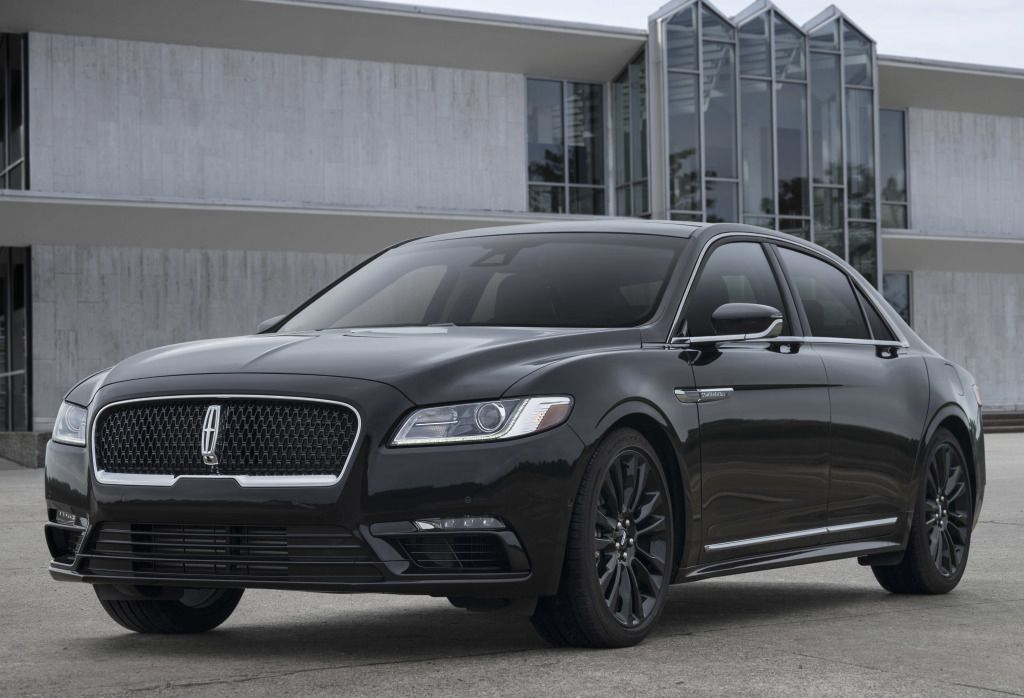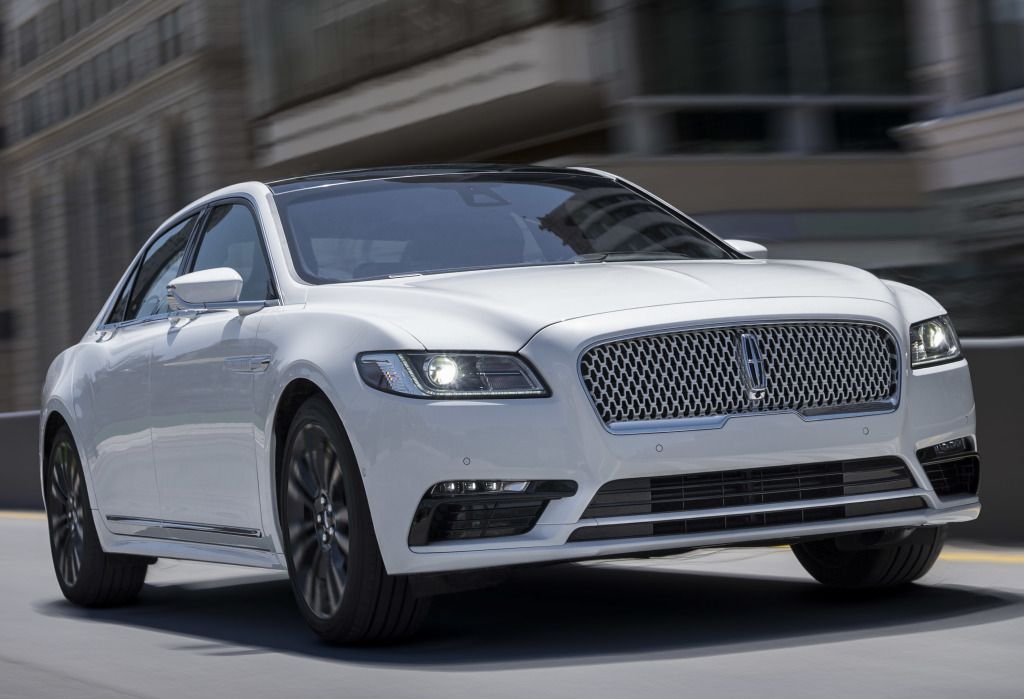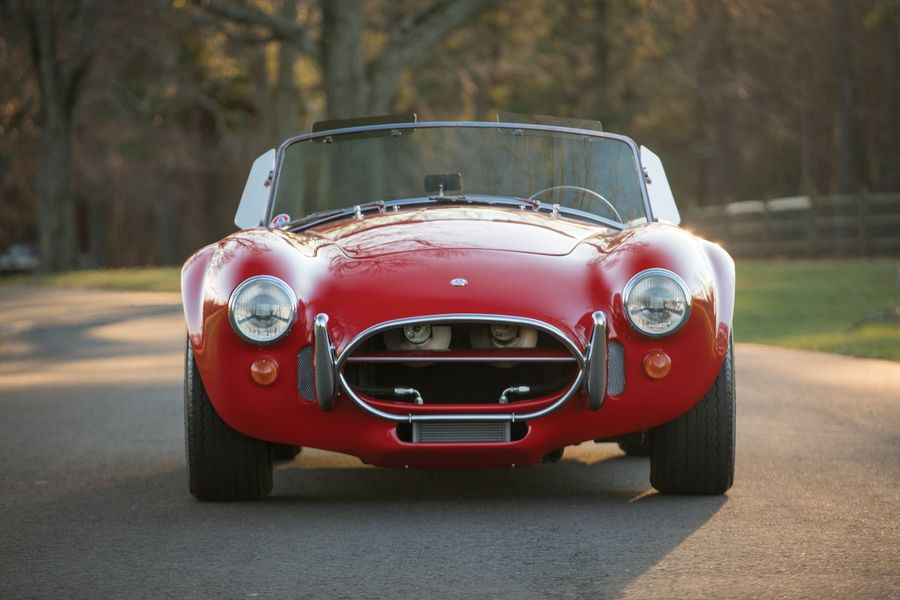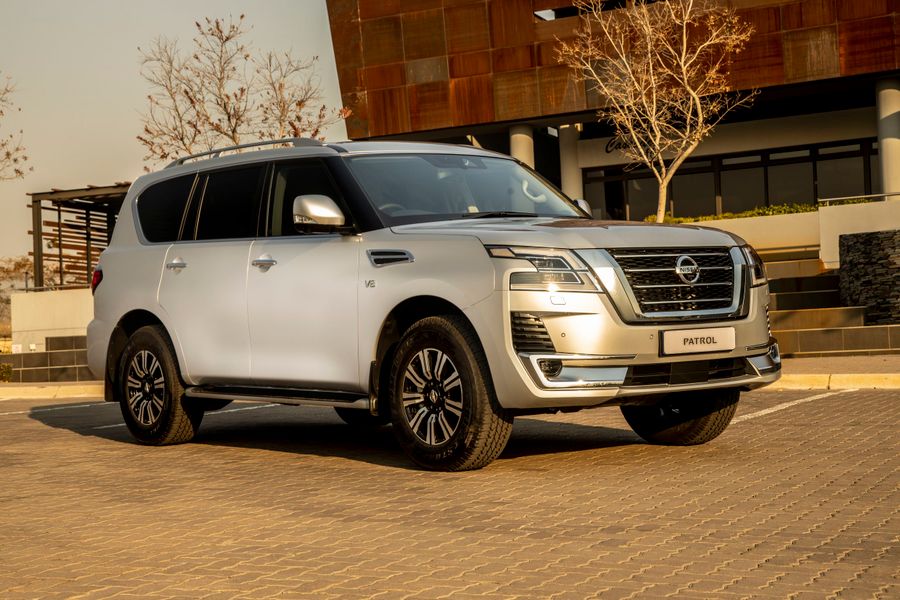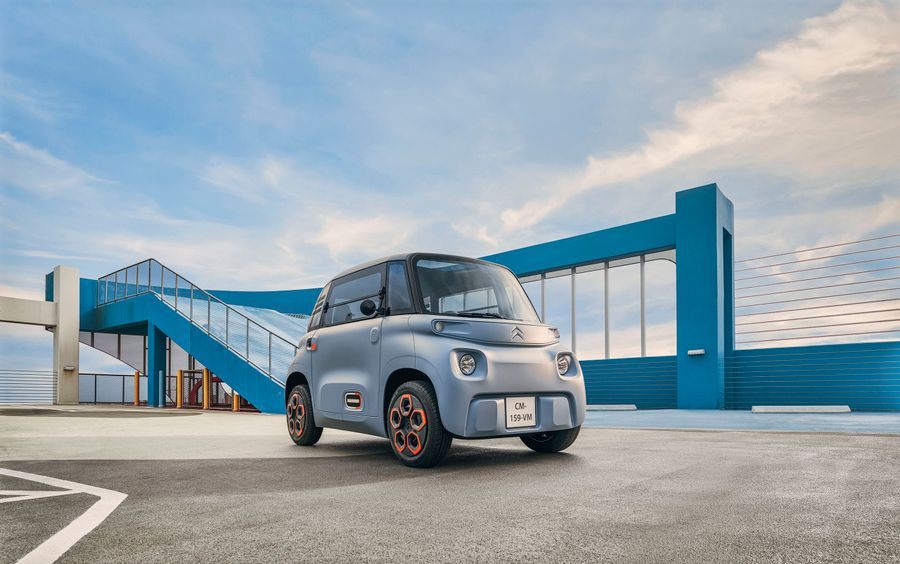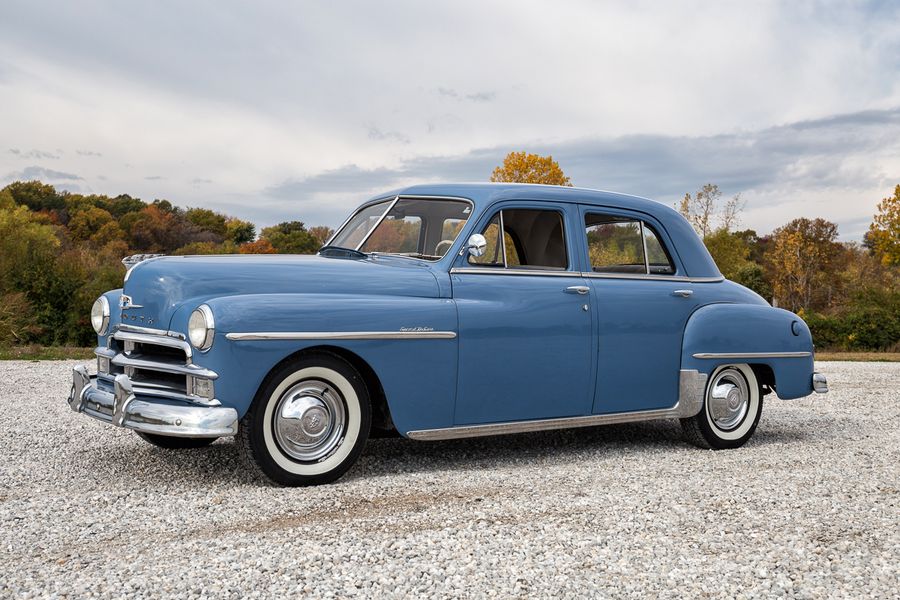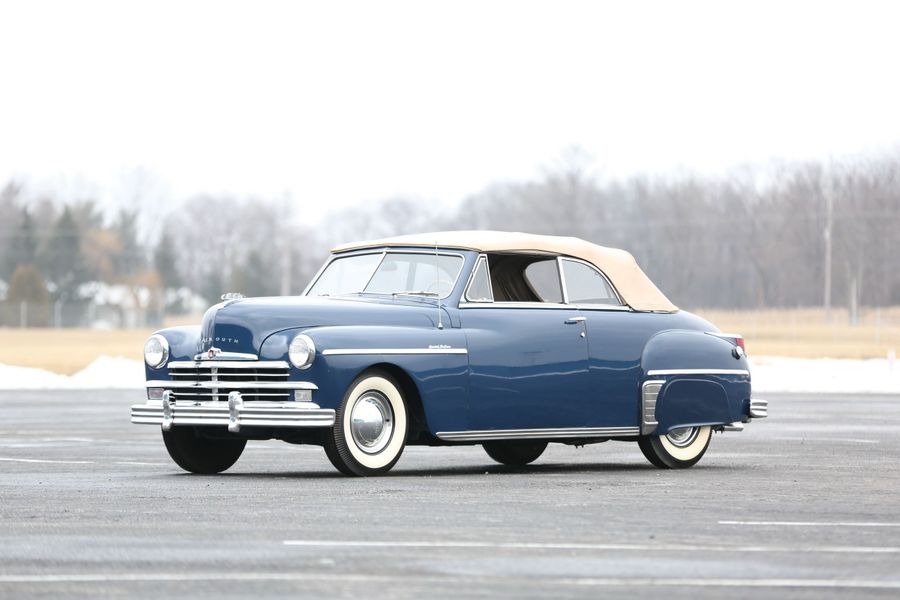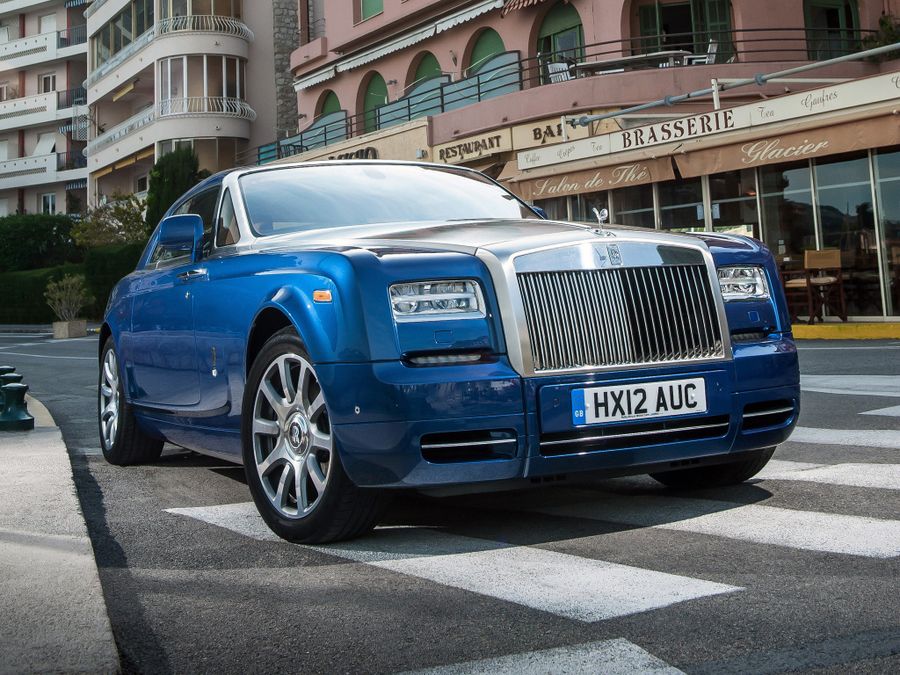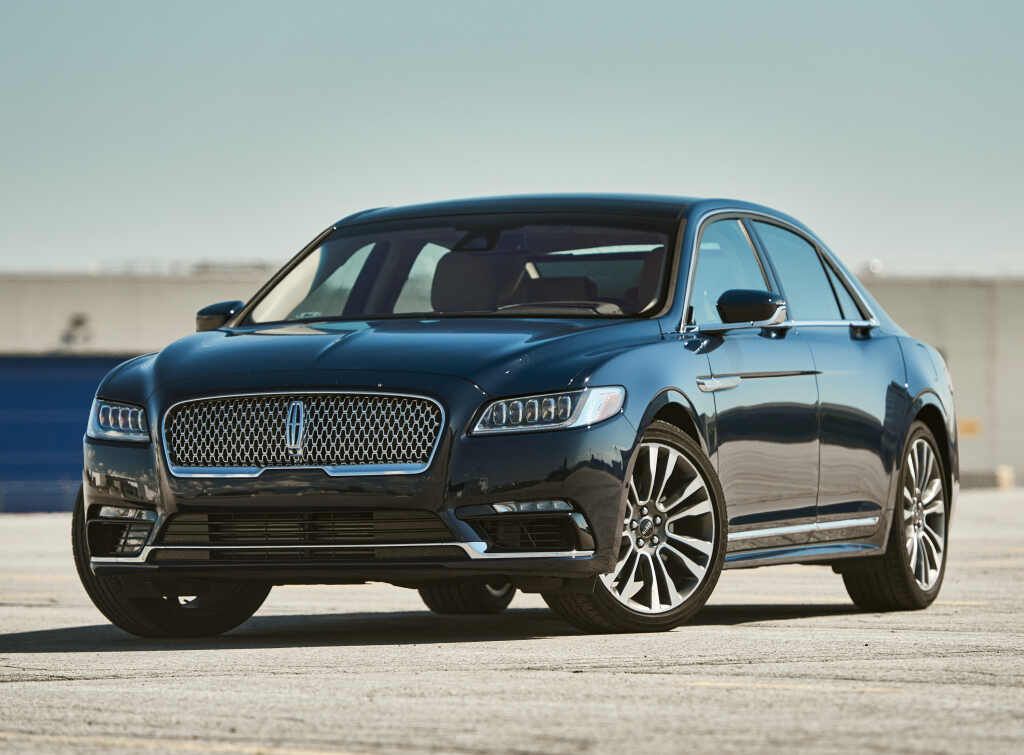
An essential element of pampered lifestyle
The Lincoln Continental is a large classic American sedan designed for comfortable driving and demonstration of its owner’s social status. This luxury car was manufactured by Lincoln (a subsidiary of Ford) from 1939 to 2002 and was revived in 2016. It has its own recognizable style, many additional options and superb equipment.
Historical car
The Lincoln Continental is not just a car, but a part of the history of the United States, since it was used by the presidents themselves and the president’s secret security service. Unfortunately, the Lincoln Continental X-100 was the very car in which President John Fitzgerald Kennedy was assassinated. But this did not scare off American presidents. Another president, Ronald Reagan, also preferred the Continental for meetings with the people.
The Continental is not only the car of American presidents of the 60-70s, it was also the favorite of the American (and not only) elite of that time. Thus, Frank Sinatra, Elvis Presley, Elizabeth Taylor and many other celebrities loved to lie back on the Continental’s giant backseat, smoke a Cuban cigar, take a sip of whiskey and think that life was a difficult thing, full of suffering and hardship, and all that.
Origins
The Lincoln Continental emerged from the chaos of the universe by the will of Edsel Ford, president of the Ford Motor Company from 1919 to 1943. In 1938, he requested the company’s designer Eugene Gregorie to design an exclusive car for his March 1938 vacation. Gregorie used the thoroughly elaborated 1936 Lincoln-Zephyr as the basis for the design.
Ministers, capitalists, owners of factories, newspapers, ships and other friends of Ford highly appreciated the individual design and ordered 1,000 units for themselves, after which everything started. The car was named Continental because the developers found its design very ‘European’, continental.
The 1939-1948 Continental is recognized as ‘Unconditional Classic’ by the American Classic Car Club. By the way, very few cars have won this award.
The first generation production version was produced from 1940 to 1948 and was based on the same Lincoln-Zephyr. In 1942, the Continental slowly began to turn into a ‘square’, becoming more and more angular and sharp-edged. This process reached its culmination in the fifth generation a few decades later. After World War II, the model started being built on the standard H1 platform, losing its status of an exclusive luxury carriage, and it was discontinued. The 1939-1948 Continental is recognized as ‘Unconditional Classic’ by the American Classic Car Club. By the way, very few cars have won this award.
In 1956, the Continental rose from the grave like Dracula in the form of the second generation called ‘Mark II’. At the same time, it remained a separate brand, which was produced by Continental Division, founded specifically for this purpose in 1952. But the production model was unprofitable, so the Continental had to be restarted.
The third generation
It was produced from 1959 to 1960. In fact, the history of those Continental models as we know them now begins from the third generation. Ford decided to compete with Chrysler and GM, which offered buyers large, powerful luxury cars. The Continental of those years looked truly remarkable, delighting the eyes of those who loved dieselpunk aesthetics and retro-futurism. They looked like standard cars from the 30s, offering the maximum length, width, aerodynamics, luxury and power.
The first model of the third generation Continental was the Mark II, finalized in 1957, an exclusive luxury coupe, the most expensive production American car of its time, costing as much as $10,000. The Mark III, developed in 1958, was less expensive than the Mark II while remaining well-equipped, becoming the first Ford car to feature an FM radio tuner and automatic suspension lubrication.
The Mark IV, released in 1959, differed from the previous model only by design elements. The changes in the 1960 Mark V model were more significant. Thus, for the first time, the model was equipped with cruise control, featuring a leaf spring rear suspension instead of the screw one and a fuse holder assembly under the hood. The bumper and radiator grille were externally redesigned.
The Mark V impressed everyone with its size and beveled headlights, for which it was called the ‘cross-eyed monster’.
The Continental became especially popular after the success of the Mark II. The third Mark was developed by Lincoln’s lead designer, John Najjar, and his successor, Don DeLaRossa, developed the Mark V, which impressed everyone with its size and beveled headlights, and was called the “cross-eyed monster”. And the third-generation Continental is the longest sedan and convertible (at that time) in the history of the American automobile industry.
The third-generation Continental is built on the same platform as the Lincoln Capri and Premiere, but in a new ‘unibody’ configuration with a fully integrated body and chassis. The ‘Marks’ were equipped with 8-cylinder engines developing from 315 to 350 hp.
The fourth generation
It was produced from 1961 to 1969. The Continental became smaller, but acquired a stronger body, which made the new models heavier. The 1961 car was developed by Ford’s deputy chief designer, Elwood Engel. By modern standards, the exterior was rather strange, featuring the straight center ideally parallel to the highway, a convex roof slightly lowered at the rear, as well as the headlights recessed into the radiator grille exactly along the center line. But at the time, the Lincoln’s design was an outstanding achievement and won a bronze medal from the Industrial Design Institute (IDI) of New York, NY.
The fourth-generation Continental was based on a platform designed for the legendary 1961 Ford Thunderbird. The car was equipped with a 7-liter 8-cylinder engine with 350 hp. In 1966, there was an even larger engine, which could generate up to 400 hp. Yes, it was the time of cheap fuel, now engines with such indicators are installed only on sports cars, but then it was standard. Such engines were coupled with a 3-speed automatic transmission.
The Lincoln’s design was an outstanding achievement and won a bronze medal from the Industrial Design Institute (IDI) of New York.
The car returned its hinged rear doors, which had not been installed since 1951 due to their insecurity. For the first time, there was a height and tilt-adjustable steering column. Unlike most tilt-adjustable columns, which used a lockable pivot activated by a lever behind the steering wheel, Lincoln used a vacuum drive.
Throughout its existence, the fourth model was subjected to numerous upgrades. The major one took place in 1964, after which the car could boast of an expanded wheelbase, more spacious rear seats, a raised rear roofline, and the typical Lincoln grille pattern. In 1966, a 2-door version was added to the only 4-door configuration.
In 1967, the beautiful Continental convertibles became history. The sunny sixties were coming to an end, while the humanity preferred make war, not love, and more severe and angular cars were in demand.
In 1968, the United States government intervened in the design of the Continental cars, after which the cars started featuring the side lights of a different shape, seat belts and front seats with head restraints. Plus, the radiator grille became massive and featured the ‘Continental’ inscription in big letters above it, so that nobody could accidentally confuse the heaviest sedans of that time with any others.
The fifth generation
It was produced from 1970 to 1979. The fifth Continental was probably capable of compensating for any insecurity one might have, since it was the longest car produced by Ford, and since 1977 it also was the largest production passenger car in the world.
In 1977, the Lincoln Continental became the largest production passenger car in the world.
The Continental acquired its traditional exterior. The fifth generation Lincoln was distinguished by its front face, which looked like the scorpion’s spreading pincers. But many people believe that it looked a lot like ships from the Star Wars space saga. The impression of extreme concentration and aggression (sometimes it even seemed that the car looked back unkindly at those who looked at it) was enhanced by the narrowed and raised toothy radiator grille.
The fifth-generation Continental was built on a Mercury Marquis wheelbase that was extended to 3.2 meters. A 2- and 4-door hardtop sedan was available. The 400 hp engine became standard, whereas the 3-speed gearbox was borrowed from the previous generation. Like the previous generation, the fifth one underwent constant improvements. The most ambitious modernization took place in 1975. After it, the car acquired a changed roofline, catalytic converters for the mighty 8-cylinder engine, redesigned dashboard and body elements, which contributed to the structure weight reduction.
By the early 1980s, the icy breath of the fuel crisis had knocked such crocodiles as Ford LTD and Mercury Marquis out of the market, but Lincoln made a lot of money out of nostalgia for large sizes, selling the Continental model as the ‘last’, traditionally large, truly American sedan.
The sixth generation
The sixth generation Continental lasted only one year (1980), although the car was very progressive. Built on a new, lighter Ford Panther platform, it was more fuel-efficient, featuring a 4-speed overdrive transmission, computer-controlled electronic fuel injection, digital dashboard and on-board computer. As a result, the 1980 Continental became one of the most technologically advanced cars.
The seventh generation
It was produced from 1982 to 1987. This model was smaller, less aggressive, but still angular. The front face changed slightly, becoming somewhat softer, whereas the rear end became lower and sloped in the style of a 1930s Lincoln Zephyr.
The seventh generation Lincoln Continental was equipped with two engines: the standard one was a carburetor version of a 5-liter 8-cylinder engine with 131 hp. And, more importantly, the first (since 1948) non-8-cylinder engine appeared: it was a 3.7-liter 6 cylinder engine. In 1983, both engines were replaced by a 5-liter 8-cylinder fuel injection engine with a 4-speed overdrive transmission. In 1984, the Continental started being equipped a BMW 2.4-liter diesel turbocharged inline 6-cylinder engine with 114 hp.
The eighth generation
It was produced from 1988 to 1994. But the manufacturer had been developing it since 1981, that is, for a whole seven years. The eighth Continental was built on the same platform as the Ford Taurus and Mercury Sable. The Lincoln was slightly longer than the previous generation, again becoming the largest car, but only among the front-wheel drive models.
It was not the era of large boosted engines. Thus, the main engine was a3.8-liter 6-cylinder unit with 140 hp. In 1990, the engine power was increased to only 160 hp. The car was equipped with a 4-speed overdrive automatic transmission.
The Continental kept on losing its aggressive, sharp and angular features, acquiring a soft, aerodynamic, friendly, and, to be honest, boring design of an oblong electric razor.
Throughout the eighth generation, the Continental kept on losing its aggressive, sharp and angular features, acquiring a soft, aerodynamic, friendly, and, to be honest, boring design of an oblong electric razor. In a sense, when it came to design, the Continental became its own total opposite.
The end of the 80s and 90s was a time of rapid technological changes in the world in general, and in the automotive industry, in particular. Cars acquired options and functions that have become standard in our time. The Continental got dual airbags as standard equipment, power adjustable seats, electrically heated windows, keyless entry and more.
The ninth generation
It was produced from 1995 to 2002. The ninth Continental retained its soft design, but the body lines became sharper and sportier. The super-powerful 4.6-liter 8-cylinder Modular/InTech engine with 260 hp came back. In 1999, its output was boosted to 275 hp. Initially, the Continental was equipped with air suspension on all wheels. In 1997, a rear suspension and front coil springs were added.
The ninth generation Continental featured many luxurious interior and exterior design options, including traveling comfort control options, steering wheel mounted audio and climate controls, automatic day and night exterior mirrors, steering with adjustment memory functions for two drivers, a low tire pressure warning system and much more.
Lincoln designed the ninth generation Continental as the last one in order to prevent competition with the successful LS V8 and Town Car models. And for 14 years, it seemed that the iconic car was gone forever…
The tenth generation
It was produced from 2016 to 2020 (as of 2020). Just as Superman rose from the dead in amniotic fluid in the Kryptonian ship near the Mother Box, the Continental was reborn in a new guise after a fourteen-year absence. The new Lincoln Continental is a large sedan, 5.1 m long, 1.9 m wide, with a wheelbase of 4.5 m. The volume of cargo space behind the rear seats reaches 5.1 cubic meters, and the unladen weight is about 2 tons. And this is Lincoln’s longest sedan since 1979 (excluding the Long Wheelbase L Town Cars).
The car comes standard with a 3.7-liter turbocharged 6-cylinder engine with 305 hp. There are also more powerful versions, including a 2.7-liter V6 engine with 335 hp and a 3.0-liter V6 twin-turbo engine producing 400 hp. The standard transmission is a 6-speed automatic with paddle shifters.
On October 30, 2020, the Lincoln Continental was officially discontinued, for the third time in history, with no plans to revive the model. But we know that everything may change…
The list of standard equipment of the new Lincoln Continental includes remote start, dual-zone automatic climate control, a 10-speaker audio system, satellite radio, two USB ports, a rearview camera, Android Auto and Apple CarPlay. Standard safety options comprise all airbags plus curtains, a rearview camera, front and rear parking sensors, and a MyKey system that allows you to set audio volume and speed limits for drivers.
On October 30, 2020, the Lincoln Continental was officially discontinued, for the third time in history, with no plans to revive the model. But we know that everything may change…



